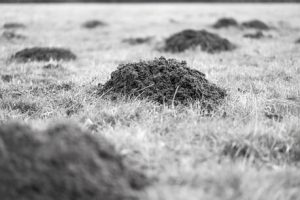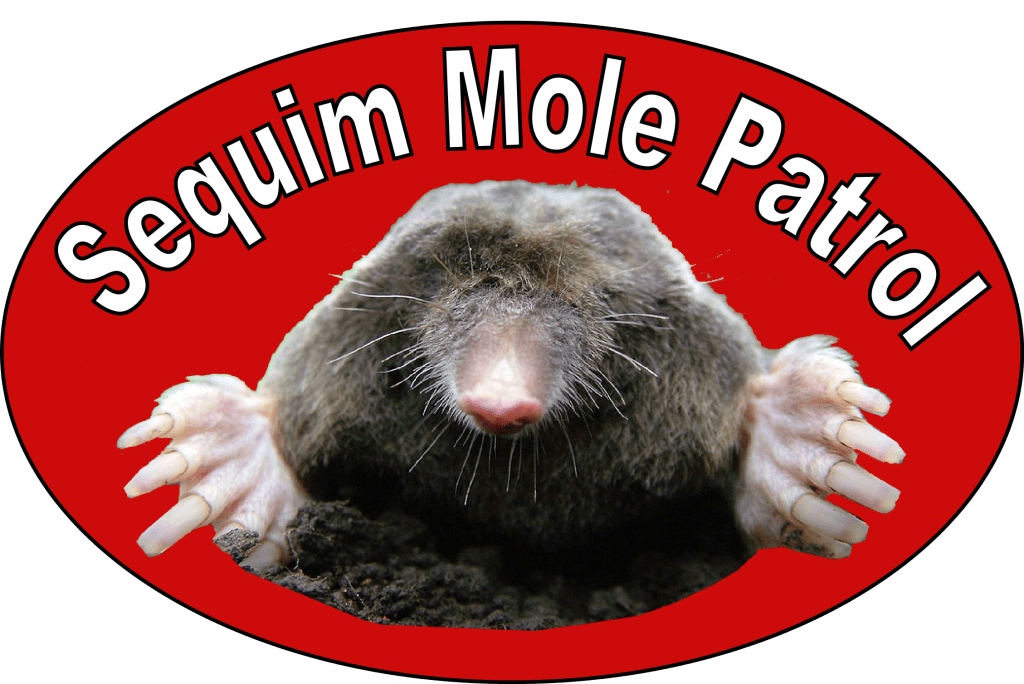
When it comes to small creatures that inhabit our gardens and fields, voles and lawn moles are often confused due to their similar-sounding names and subterranean lifestyles. While both belong to the rodent family, they are distinct species with unique characteristics and behaviors. In this blog post, we will delve into the fascinating world of voles and moles, highlighting their differences and shedding light on their crucial roles in ecosystems.
Physical Characteristics:
One of the primary distinctions between voles and moles lies in their physical attributes. Voles, also known as meadow mice, are small rodents that resemble mice, with compact bodies measuring about 4 to 8 inches in length. They have rounder heads, short tails, and small eyes and ears. In contrast, moles possess cylindrical bodies, typically ranging from 4 to 8 inches long, and are known for their distinctive shovel-like forelimbs, adapted for digging through soil.
Lifestyle and Behavior:
Voles are herbivores, preferring to feast on plant materials such as grasses, seeds, and bulbs. They construct shallow burrows and runways in grassy areas, creating a network of intricate tunnels just beneath the surface. These burrows serve as their homes and provide protection from predators.
Lawn moles, on the other hand, are insectivores with a carnivorous diet. They have a voracious appetite for insects, earthworms, and small invertebrates. Their primary objective is to create extensive underground tunnels, using their powerful front claws to burrow through soil. Moles are solitary creatures and tend to have larger tunnel systems compared to voles.
Habitat Preferences:
Voles are commonly found in a variety of habitats, including meadows, fields, gardens, and forests. They adapt well to different environments and often create visible surface runways, referred to as “vole trails.” These trails can cause damage to lawns and gardens, as voles nibble on plant roots and bark. Give us a call for expert vole removal services.
Moles, on the other hand, prefer areas with moist, loose soil, such as lawns, gardens, and golf courses. They avoid compacted or sandy soils that hinder their tunneling activities. Moles’ constant digging can create unsightly mounds of soil called molehills, which are a common sight in their habitats.
Impact on Ecosystems:
Despite their small size, both voles and moles play essential roles in the ecosystems they inhabit. Voles serve as an important food source for a variety of predators, including snakes, owls, hawks, and foxes. Additionally, their burrowing activities help aerate the soil, facilitating the decomposition of organic matter and improving nutrient circulation.
Moles, with their insectivorous diet, help control populations of harmful insects and pests in the soil. Their tunneling also aids in the distribution of plant seeds and promotes soil aeration. However, the molehills they create can disrupt lawns and gardens, making them a nuisance for some humans.
In conclusion, voles and moles share an affinity for living underground and belonging to the rodent family, their differences become apparent upon closer examination. Voles, the herbivorous dwellers, construct shallow burrows and surface runways, while moles, the insectivorous diggers, create extensive tunnel systems with characteristic molehills. Understanding the distinctions between these fascinating creatures helps us appreciate their ecological importance and coexist harmoniously with them in our shared habitats.
Call Sequim Mole Patrol for vole or lawn mole removal services at 360-775-0214
